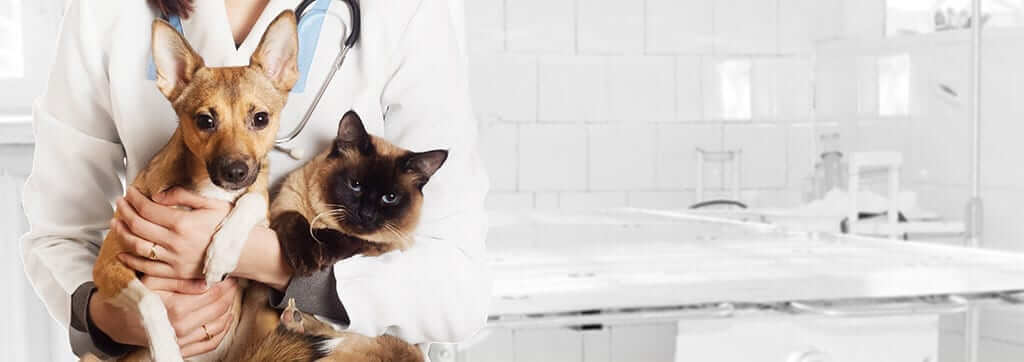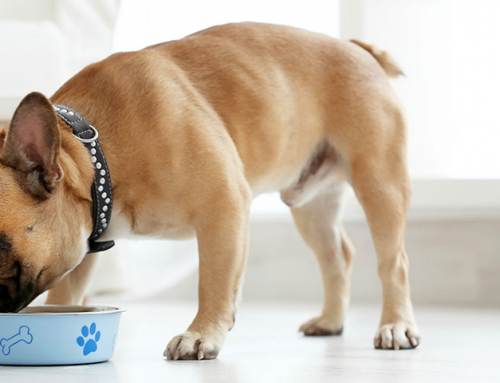Two weeks ago I got a new patient. He came to my clinic for a second opinion, as well as a quote for a dental cleaning and extractions of some abscessed teeth. And, by the way, he is an 18-year old uncontrolled diabetic cat. I thought this patient would be a good example for our readers to understand why vets do what we do with diabetes.
The owner had no clue that I take an interest in diabetes, nor that I am the staff veterinarian for ADW Diabetes. She had just heard in our relatively small town that I’m affordably priced and good at dental work. He had some ulcers on his tongue and mouth with enough jaw swelling such that his lower left canine tooth had fallen out. We needed to address these issues and get him eating normally before we could truly evaluate his glucose regulation. He wasn’t eating well due to the oral pain, which makes it hard to manage diabetes. Our initial plan was to address the infection in his mouth and pull the bad teeth so that he wasn’t drooling and was eating well. Then we’d run a glucose curve.
Now, this putty-tat is fine cat and ever so charming to his family, but had a history of having a short fuse in the vet clinic environment. This “cattitude” is probably why he hadn’t had a glucose curve at the prior vet clinic. And this is probably also why the prior vet hadn’t asked the owner to run glucose curves at home. After all, what vet wants to be blamed if a crabby cat bit or scratched the pet owner!
I asked that day if the owner was willing to try home glucose testing. She wasn’t that day, but at least I planted the seed in her mind. I often convince owners to do home glucose testing – even if their first instinct is “no”. I just show them a time or 2 in an exam room how easy it is and soon enough they believe me. I started that day by running a chemistry and CBC and urinalysis. I also started an in-house urine culture and took a few X-rays of his jaw and gave him an injection of antibiotic that lasts for 2 weeks. His lab work came back fine except his blood glucose was at 52 mg/dl. That sample was about 5 hours after his morning meal and insulin. Uh oh. As you know, a blood glucose of 52 is too low.

When we run a blood glucose curve we strive to have a typical day for the pet. The feeding is the regular routine and regular amount. The exercise level that day is the typical level for the pet. The day is as usual as it can be (not considering that the lancing device comes out now and then so you can get a droplet of blood). We are looking to see how long the insulin lasts in that pet. And we are seeing how low the blood glucose level goes. We check the glucose every 2 hours from one injection of insulin until the next. And if the glucose drops below 150 mg/dl we check hourly until it rises so we don’t miss where it “bottoms out”.
Why do we care how low the glucose goes?
We care because that tells us if we can increase the insulin dose or if we need to decrease the insulin dose. I consider the ideal curve to look something like this: most of the glucose numbers are below 300 (so that the pet isn’t excessively thirsty and isn’t urinating voluminously because we are at or below the kidney threshold of glucose), and the lowest number is somewhere around 100. If the numbers are in the 400s and 500s and bottoms out in the 200s your vet will likely increase the insulin dose slightly. If it bottoms out at 60 your vet will likely decrease the insulin dose slightly. Every situation is a bit different. We adjust accordingly. If we can’t achieve success then occasionally we try a different insulin.
My newest diabetic patient is recovering from his oral surgery. His human brought him back to the clinic for a lesson with an at-home glucose meter. She felt she needed to come back once more to check his glucose in front of me to make sure she had the technique down pat. She did just fine. She will be running his first glucose curve in a few days. I’m very proud of her.
NOTE: Consult your veterinarian to confirm that my recommendations are applicable for the health needs of your pet.













Dr. Joi,
I recently purchased a Pet Diabetes Starter Kit for Dogs through ADW. It came with very good instructions on how to use, other than telling me the exact location to draw the blood. I have watched my own vet many times, but this kit came with a lancing device called “EZtake ll Ejectable, which is sort of a snap type pen. I`m not sure how to use it as the pic with it shows how to draw the blood on humans and not pets. It just says to consult my vet on the correct location to do this, but truthfully, you are MY VET…only about 2000 miles away…lol My own vet uses a syringe type needle to draw the blood. Would I be better off using that type versus the snap type? And where is the correct location to do this? My vet inserts his needle on the top or inside of the front elbow joint and usually gets to the blood.
Thanks very much for the informative articles. I read them faithfully.
Rich Edmiston
Hi, Rich! You can use the lancing device on numerous areas. For dogs one of my favorite spots is the lip. Flip our doggie’s loo up to reveal the pink mucosa. Dab away any saliva and pressed the lancing device against the inside of the lip and push the trigger. If your sweetie has a calluses elbow you can also use that. I often use the marginal ear vein on small dogs and on kitties. You might take the meter and lancing device to your vet and have either the doctor or one of the nurses show you some pointers on your own dog. 🙂 I have written about this in the past as well. Thanks for your kind words. Have a wonderful weekend! Joi
I purchased a glucose testing kit to test my diabetic cat at home. Trips to the vet were stressful, as she hates to leave her home. It did take a bit of getting used to, mostly for me, but the advantages are worth it. Her vet encourages home testing, and is available to answer any questions. I have had to change my girl’s food because she decided she no longer cared for the Science Diet diabetic cat food. Under her doctor’s supervision, I switched her to Purina DM. This is more difficult to find in my area so I asked the vet to suggest an alternative that did not have to be purchased through a vets office. He provided a list of canned foods appropriate for diabetic cats which are readily available at pet stores or grocery stores. I chose Merrick, which I mix with the Purina DM. So far this has worked quite well. My girl cleans her plate and her glucose levels are good. Thank you for your ADW letters. They are very informative and helpful.
I have a 14 year old diabetic cat which is diabetes is somewhat under control but now his potassium is to low and we are trying medication but his gland that has to do with potassium is not working. Could this be caused by the diabetes medication. The doctor says he might need surgery that will cause 3 thousand dollars what I wonder is it beneficial for me to put him through this or will other things keep happening that his health keeps declining. Not to mention I really don’t have that kind of money but he is a sweetheart.